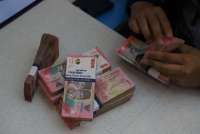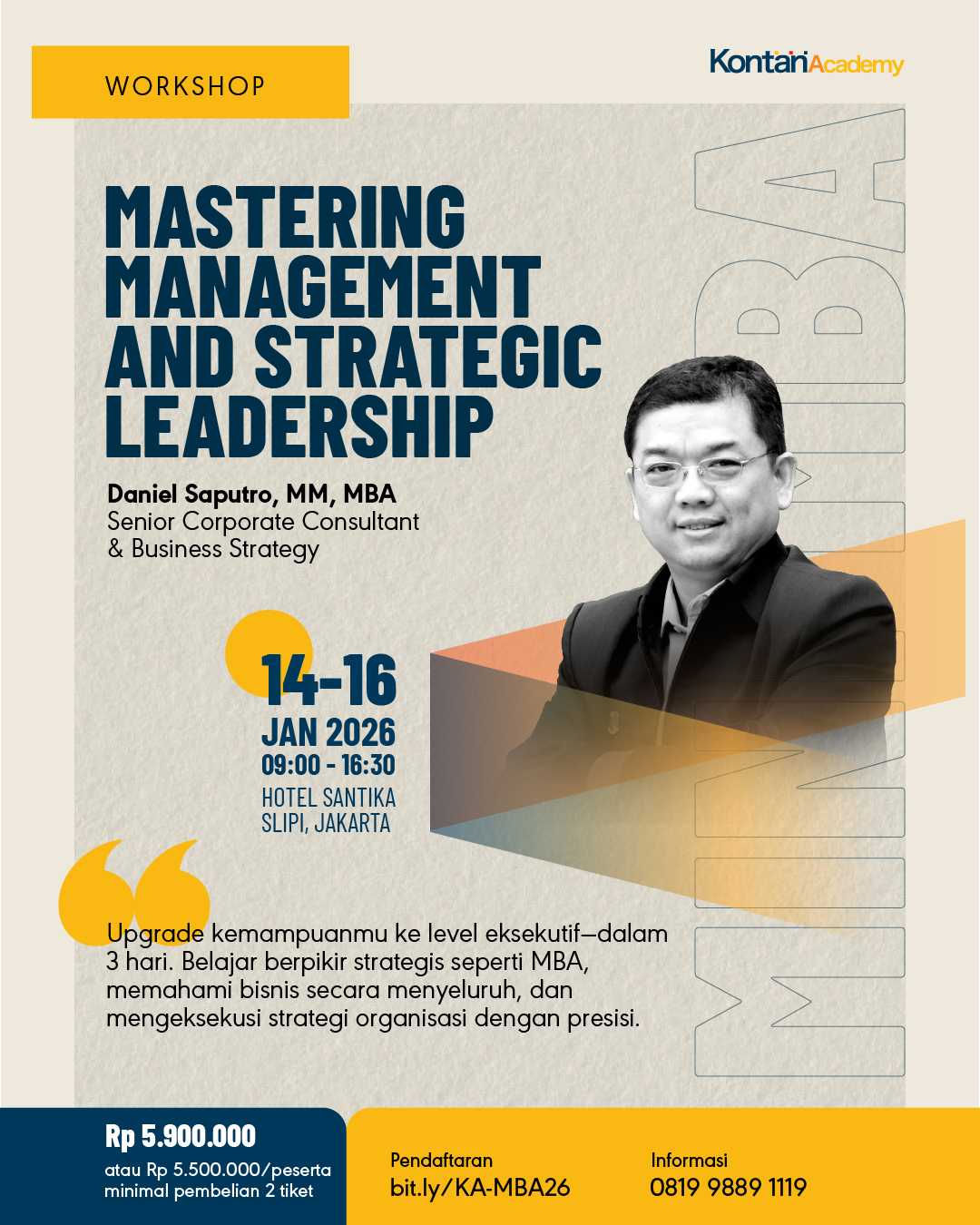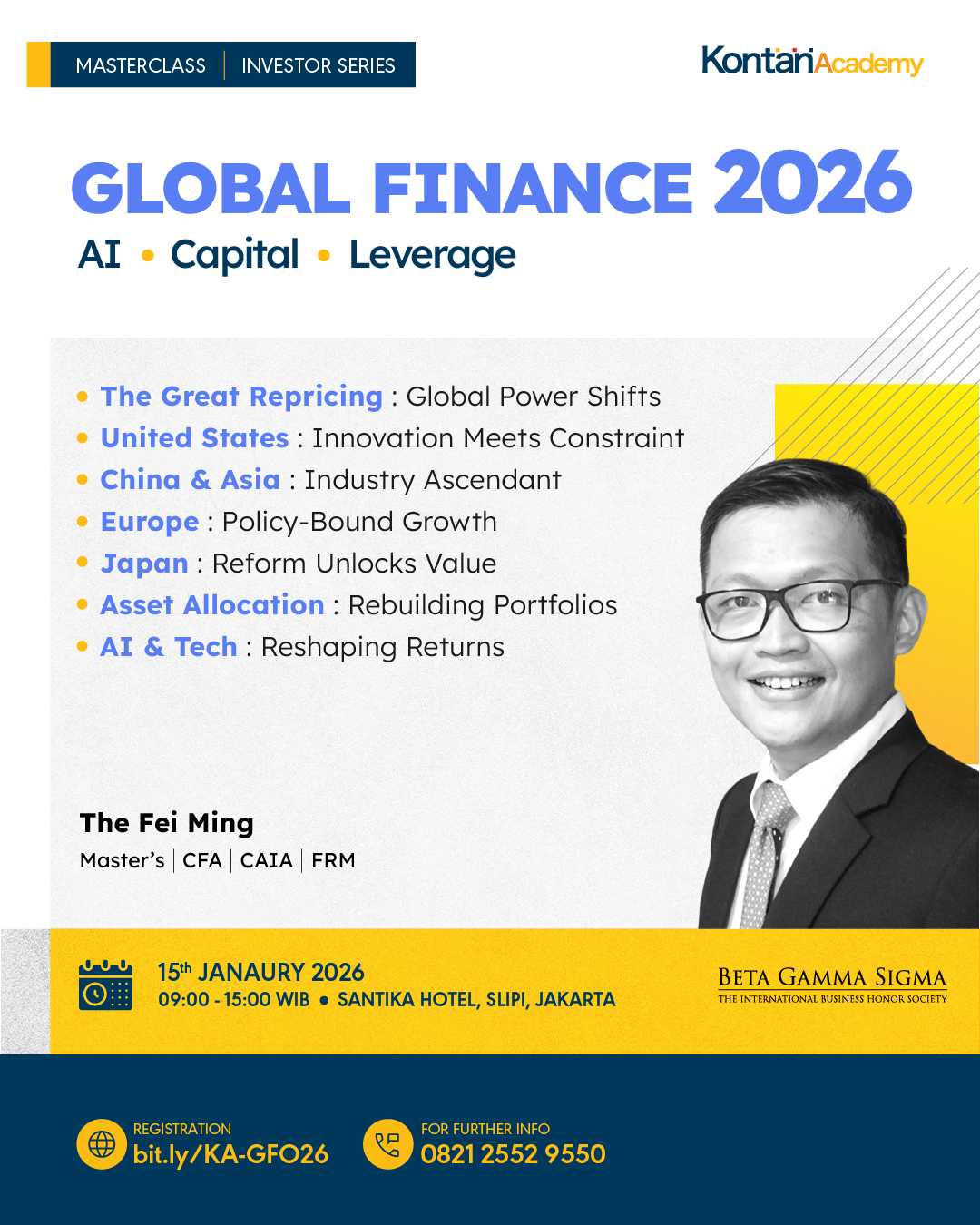Sumber: The Jakarta Post | Editor: Barratut Taqiyyah Rafie
JAKARTA. President-elect Joko “Jokowi” Widodo is facing the test of whether he can shift Indonesia’s growth model, as the current consumption-driven economy may no longer be relevant to face future economic challenges.
The task facing the next government is whether it can increase the share of exports and investments in Indonesia’s gross domestic product (GDP), which is still dominated by household consumption, Deputy Finance Minister Bambang Brodjonegoro said.
Boosting exports and investments, Bambang argued, could be achieved through reforms in the manufacturing sector, the development of which had been neglected by policymakers during the commodity boom over the last few years.
“As our currency has depreciated and world demand is starting to pick up again, this is the opportunity for us to revitalize our manufacturing sector,” Bambang said Friday in an international seminar in Nusa Dua, Bali.
“I believe the timing has never been better,” he added.
The trivial contribution of exports and investments to the economy means that Indonesia is resilient to external shocks. However, so far, the country’s growth has struggled to exceed 6 percent due to its overreliance on household consumption, which accounts for almost 60 percent of GDP.
For Indonesia to escape the middle-income trap and graduate to become a higher-income country, it would need to grow on average at 7 percent for the next 20 years, according to estimates from the Finance Ministry.
Past history showed that countries successfully escaping the middle-income trap relied on exports or investments to bolster their rapid economic expansion.
South Korea’s strong growth in the 1990s relied on exports, which now formed 54 percent of its GDP, while China’s double-digit growth over the last decade was attributed to investments, which accounted for 49 percent of its GDP, data from the World Bank showed.
In the case of South Korea, the country had escaped the middle-income trap through investing heavily in human resources and high-tech heavy manufacturing, said Seung-Hun Chun, the president of think-tank organization Korea Institute for Development Strategy (KDS).
“Rich resources may cause Indonesia to easily fall into the middle income trap,” Chun said. “However, the reward of overcoming the trap will be great, not comparable to any other countries.”
The underdevelopment of exports and investments in Indonesia is attributed to economic inefficiency here, as the country’s lack of infrastructure has driven up logistics costs, discouraging exporters and manufacturers from expanding their output.
Data from the Bank Mandiri research team showed that Indonesia’s incremental capital output ratio (ICOR), a measurement of efficiency in the economy, currently stood at 5.7. This means that each 1 percent of economic growth could be achieved through 5.7 percent of additional investments in capital. Indonesia’s ICOR is higher than the international standard of 3.
Jokowi has emphasized the need to build more infrastructure to achieve an economic growth target of 7 percent, a level unseen since the 1998 financial crisis. Such a target would need at least Rp 6,000 trillion (US$490 billion) of additional investment in infrastructure, according to estimates from the Presidential Working Unit for the Supervision and Management of Development (UKP4).(Satria Sambijantoro)
Cek Berita dan Artikel yang lain di Google News


/2014/10/09/1381745715.jpg)









